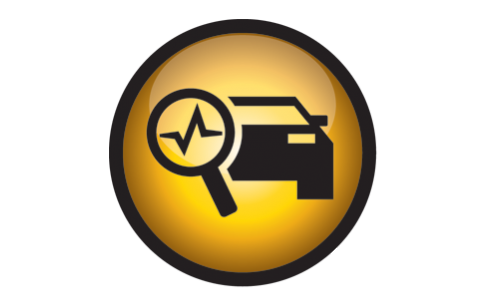
The most dreaded question when you are considering buying a used car – Is the car in good condition? We bring you a simple checklist with which you can attempt to carry out an inspection yourself. A copy of this article will be immensely helpful during your inspection!
Interior
Sit in the driver’s seat, and look at the
- Floor
- Doors
- Switches
- Dashboard
- Windshield
- Audio system
- A/C controls, and the
- Roof
Similarly, check all around you sitting in the front passenger’s seat. And then the rear left and right seats.
Exterior
Examine every body panel, namely the
- Hood (Bonnet)
- Bumpers
- Fenders
- Quarter panels
- Doors
- Running boards
- Boot, and the
- Roof
Scratches and dents are best visible during the day time, so avoid inspecting a used car after sunset. Also, avoid inspection during rains, as rainwater makes it difficult to spot scratches and dents.
Tires / Wheels
For every tire, inspect its side, and then its tread surface. The side view should show you if there are any cracks in the tire sidewall, or on the steel or alloy wheels. The tread surface will give you a sense of how much tire life is remaining. New tires typically last 40,000 to 50,000 kms.
Underbody
In the front, on each side, look at the
- Shock absorbers
- Lower arms
- Link rods / Tie rods
- Ball joints
- Fender liner
- Drive shaft
- Stabilizer bar, and
- Apron.
At the rear, make the same checks. If you’re inspecting a rear wheel drive vehicle, also check the differential and the axles. Make sure you also inspect the exhaust pipe for rust.
Engine Compartment
There’s a lot going on in the engine compartment, and you can get intimidated by the sheer amount of components present in here! Make sure you look around carefully for any leaks. Leaks are a sign of a greater problem, and must be probed further before proceeding with the purchase. Look at all fluid levels, like the engine oil, brake fluid, power steering fluid (not present if the car uses electric power steering), coolant level, and automatic transmission oil level. Carefully look at the drive belt for cracks, and listen to the engine idling to check if you hear any noise from any of the components or their pulleys. Look at the battery manufacturing date. Any battery older than 4 years is due for immediate replacement.
Road Test
Finally, take a road test to look for any abnormal vibrations and rattles. Road test is also when you look for
- How the power steering feels
- The suspension performs
- The A/C cools
- The clutch engages and disengages, and
- How the brakes bite
If you’re checking an automatic transmission, this is also the stage when you want to make sure the shifts are smooth, and not jerky.
Conclusion
Well, we know that’s a lot of detail. But the fact of the matter is that cars have thousands of components, and we’ve only scratched the surface here. Checking everything possible assumes huge significance because every one of those components become older with age, and can fail anytime without warning. We wish you all the best with your inspection, and hope you land a great deal!
Book Used Car Inspection
